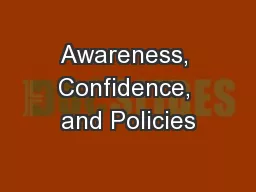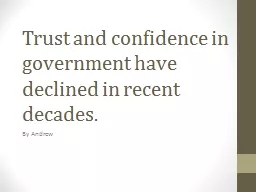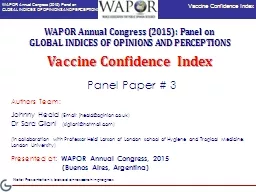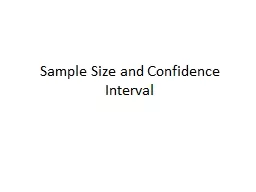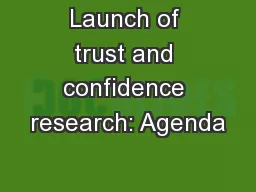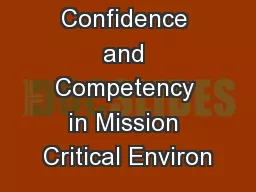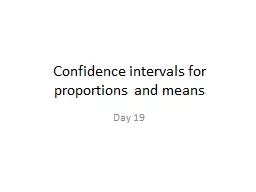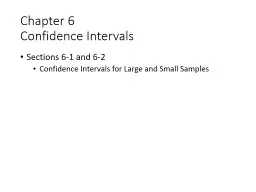PPT-Awareness, Confidence, and Policies
Author : phoebe-click | Published Date : 2018-10-06
WSU Computer and Network Security Awareness Training Revised January 2015 Information Reduced Risk At work and at home Reduced Anxiety Hopefully More Sleep Agenda
Presentation Embed Code
Download Presentation
Download Presentation The PPT/PDF document "Awareness, Confidence, and Policies" is the property of its rightful owner. Permission is granted to download and print the materials on this website for personal, non-commercial use only, and to display it on your personal computer provided you do not modify the materials and that you retain all copyright notices contained in the materials. By downloading content from our website, you accept the terms of this agreement.
Awareness, Confidence, and Policies: Transcript
Download Rules Of Document
"Awareness, Confidence, and Policies"The content belongs to its owner. You may download and print it for personal use, without modification, and keep all copyright notices. By downloading, you agree to these terms.
Related Documents

